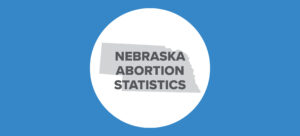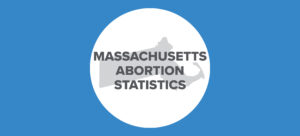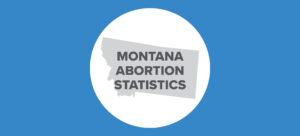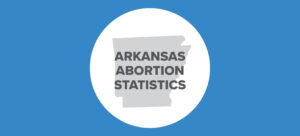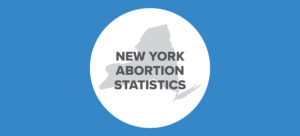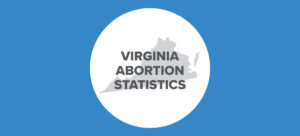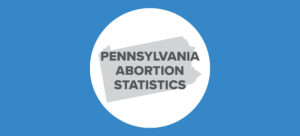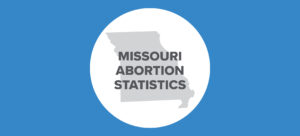
Tessa Longbons
Senior Research AssociateTessa Longbons is Senior Research Associate at Charlotte Lozier Institute, where her research focuses on abortion statistics at the state and national levels and the changing landscape of abortion policy, provision, and access in the United States.
Tessa has appeared on CBN News and EWTN News Nightly and has testified before Members of Congress on the Born-Alive Abortion Survivors Protection Act. Her work has been featured by National Review Online, Newsweek, The Gospel Coalition, Fox News, The Daily Signal, and many other national media outlets. She has contributed to peer-reviewed research on women’s experiences with chemical abortion and the impact of abortion on women enrolled in Medicaid.
Originally from Illinois, Tessa earned a BA in Communications from Thomas Edison State University. Prior to joining CLI, she got her start in pro-life research with the Family Research Council.
Research Authored
Abortion Reporting: Nebraska (2020)
In 2020, there were 2,378 abortions reported in Nebraska. This was an increase of 15 percent from the 2,068 reported the previous year. Chemical abortions jumped by 34 percent from 1,259 in 2019 to 1,683 in 2020, making up 71 percent of all abortions.
Abortion Reporting: Massachusetts (2019)
The Massachusetts Department of Public Health provided Massachusetts’ 2019 abortion statistics to the Charlotte Lozier Institute upon request. Abortions in the Bay State increased from the previous year.
Abortion Reporting: Montana (2019)
There were 1,568 abortions reported in Montana in 2019, a decline of six percent from the 1,674 reported the previous year (Fig. 1). Chemical abortions dropped by two percent, making up 58 percent of the total in 2019. The Charlotte Lozier Institute (CLI) estimates that Montana’s abortion rate was 8.0 abortions per 1,000 women ages 15-44, down seven percent from 2018 (Fig. 2).
Abortion Reporting: Arkansas (2020)
There were 3,154 abortions reported in Arkansas in 2020, up six percent from the previous year (Fig. 1). Chemical abortions jumped by 39 percent from 1,237 in 2019 to 1,725 in 2020, making up 55 percent of the total in 2020. The Charlotte Lozier Institute (CLI) estimates that Arkansas’ state abortion rate increased by six percent in 2020 to 5.5 abortions per 1,000 women ages 15 to 44 (Fig. 2).
Abortion Reporting: New York (2018)
New York’s abortion report for 2018 was published in January 2021. The report indicates that New York’s abortion rate declined between 2017 and 2018 but remains higher than the national rate.
Abortion Reporting: Virginia (2018)
In 2018, there were 16,474 abortions reported in Virginia, up seven percent from the previous year. According to the Centers for Disease Control and Prevention (CDC), 35 percent of these were chemical abortions, which rose 17 percent from 2017.
The Impact of Chemical Abortion by Mail
Due to the COVID-19 pandemic, the U.S. abortion industry has undergone significant changes. The Food and Drug Administration (FDA) regulates mifepristone, the more dangerous first drug of the two-part chemical abortion cocktail, via a Risk Evaluation and Mitigation Strategy (REMS), which limits how the drug can be dispensed. After years of fighting these safety standards, the abortion industry took advantage of the pandemic to obtain a court order in July 2020 blocking the requirement that mifepristone be administered in person, a key element of the REMS.
Abortion Reporting: Pennsylvania (2019)
Pennsylvania’s 2019 abortion report, released in January 2021, indicates that abortions in the state increased while abortion complications reached a record high. Pennsylvania also publishes information on abortions performed on Pennsylvania residents in its annual vital statistics report. As of May 2021, 32 states had released 2019 abortion statistics, of which 19 reported that abortions had increased from the previous year.
Estimating the Period Prevalence of Publicly Funded Abortion to Space Live Births, 1999 to 2014
Although a majority of women who have an abortion report having 1 or more children, there is no published research on the number of abortions which occur between live births, after a first child but before the last. The objectives of this research, therefore, were to estimate the period prevalence of an induced abortion separating live births in a population of Medicaid eligible enrollees and to identify the characteristics of enrollees significantly associated with the use of abortion to enable child spacing.
Abortion Reporting: Missouri (2019)
Missouri’s 2019 abortion report was released in December 2020. The report shows that Missouri abortions declined in 2019, reaching the lowest number ever reported in the state.














